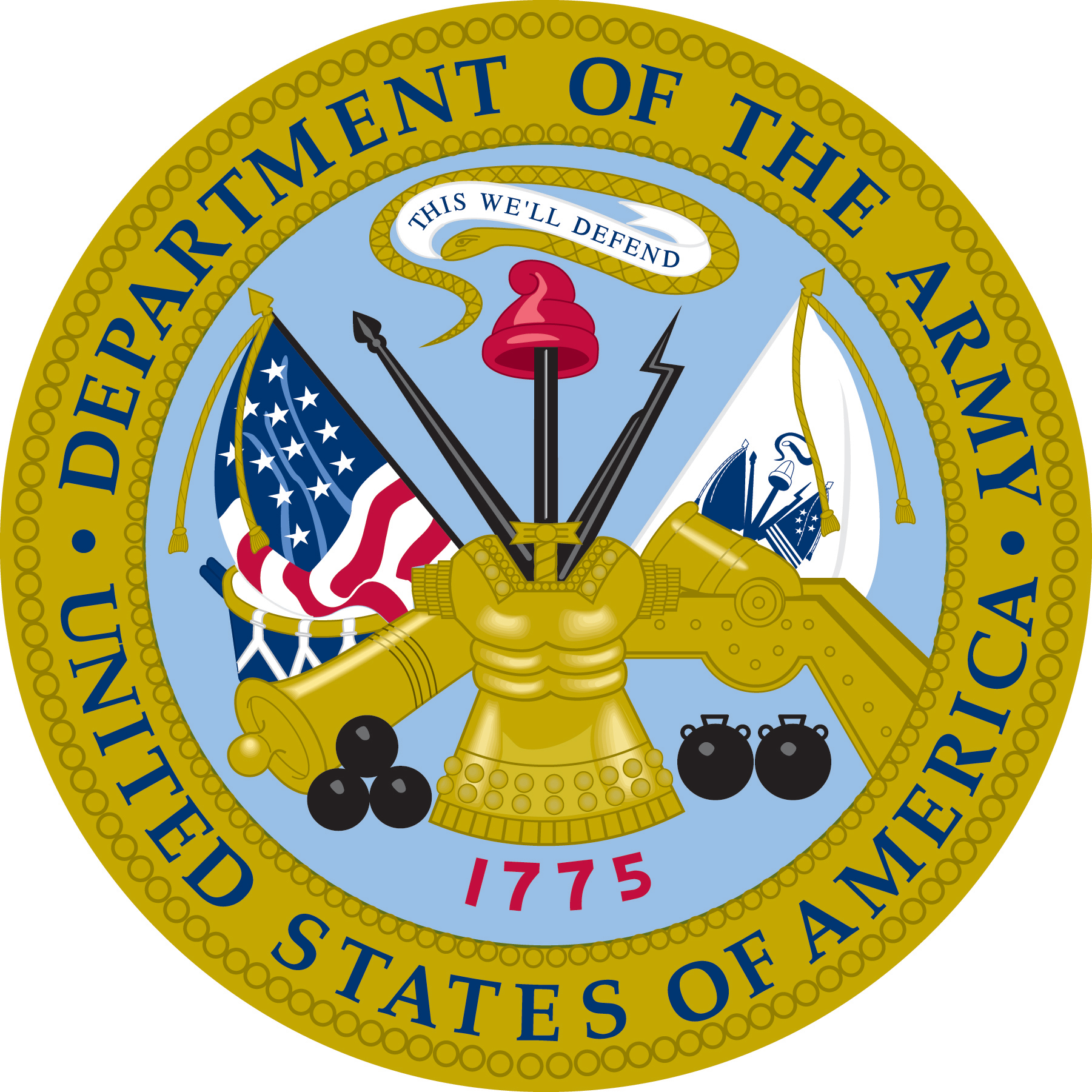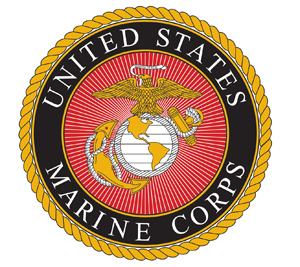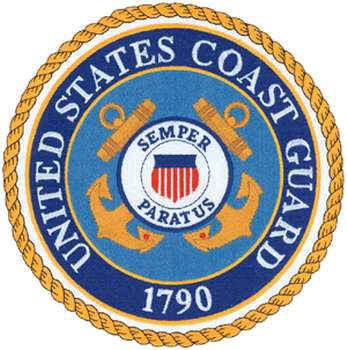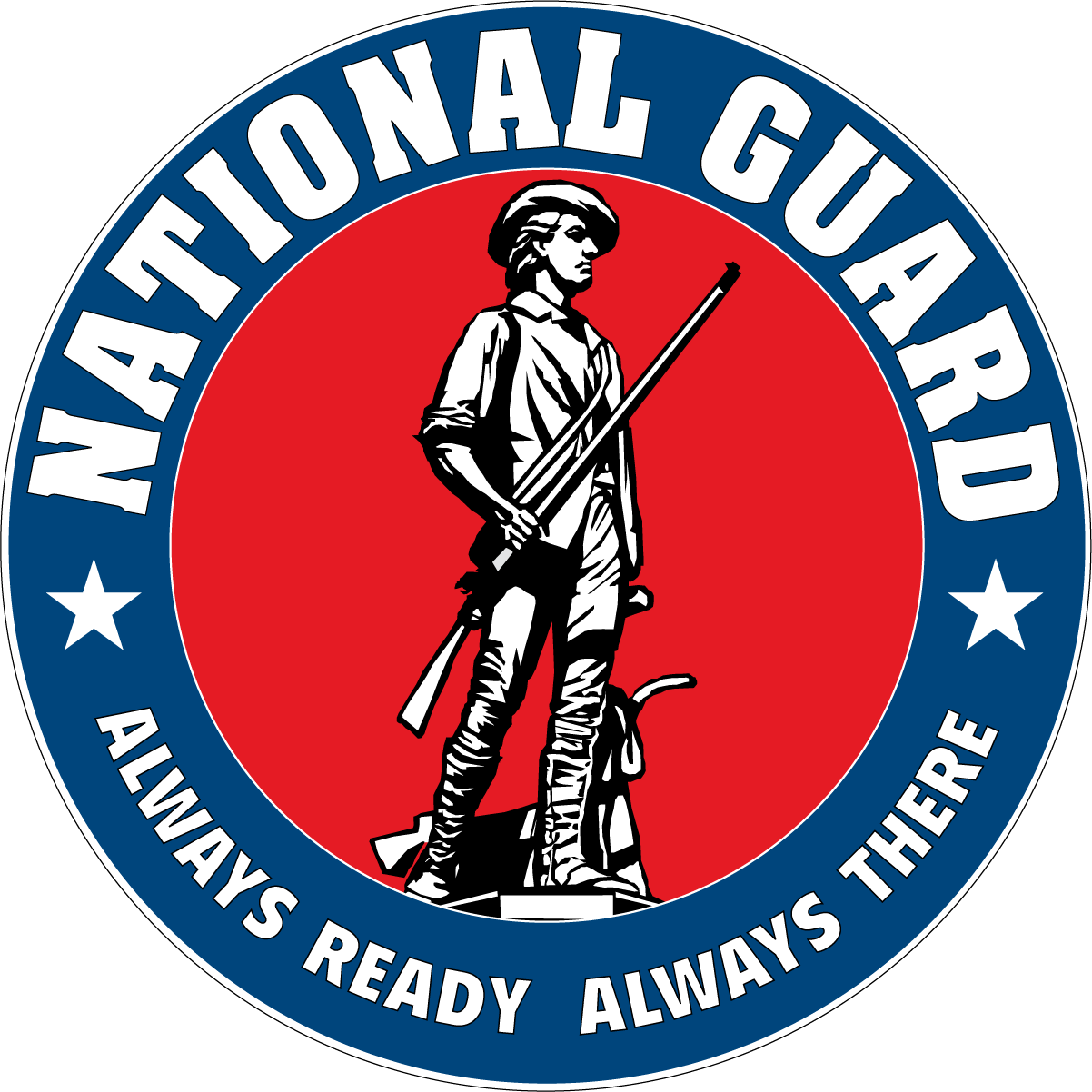AMVETS HISTORY
|
TWO independent veterans clubs in Washington, D.C. -- one formed on the campus of George Washington University, the other among veterans employed by the government -- joined together to sponsor a servicemen's party. By September 1944 other such veterans clubs organized throughout America - in California, Florida, Louisiana, New York, Oklahoma, Rhode Island, Tennessee, and Texas. On November 11, 1944, Veterans Day, an article entitled "12,000,000 in Search of a Leader" appeared in Collier's Magazine. This story, written by Walter Davenport, introduced the clubs and outlined their mutual Aims: 1. to promote world peace, 2. to preserve the American way of life and 3. to help the veteran help himself. In December, 18 leaders, representing these nine groups, met in Kansas City, Mo. There, on Dec. 9, 1944, a national organization was formed known as the American Veterans of World War II--or AMVETS, as newspaper headline writers took to calling it. The White Clover, meaning "Remember Me," was chosen as the official flower of AMVETS. Found not only in America but throughout the world, it symbolizes the states from which U.S. Armed Forces were drawn and the worldwide battlefields on which they fought. In October 1945, two months after the end of World War II, the first national convention was convened in Chicago. The next year AMVETS petitioned Congress for a federal charter. In the words of the Senate Judiciary Committee the organization being "organized along sound lines and for worthy purposes ... having demonstrated its strength and stability, is entitled to the stability and dignity which a national charter will afford." On July 23, 1947, President Harry S. Truman signed the AMVETS Charter. When the war broke out in Korea in 1950 and again during the Vietnam crisis in 1966, AMVETS requested Congress to amend the charter so that those serving in the Armed Forces would be eligible for membership. On Sept. 14, 1966, President Lyndon B. Johnson signed the bill redefining the eligibility dates for AMVET membership "Any person who served in the Armed Forces of the United States of America or any American citizen who served in the armed forces of an allied nation of the United States on or after September16, 1940, and on or before the date of cessation of hostilities as determined by the government of the United States is eligible for regular membership in AMVETS, provided such service when terminated by discharge or release from active duty be by honorable discharge or separation." On May 7 1975, President Gerald R. Ford signed Proclamation 4373, terminating the Vietnam era and the cessation of hostilities; the next day the Armed Forces became a peace time service. For nearly 10 years AMVETS did not accept into membership servicemen and women who served after May 7, 1975, Then, on May 31, 1984, President Ronald Reagan signed Public Law 98-304, which amended AMVETS' congressional charter to open the organization’s to those who served honorably and actively after May 7, 1975. Today, in recognition of the sacrifices made by all veterans and service personnel, in AMVETS is open to anyone who is currently serving, or who has honorably served, in the Armed Forces of the United States--to include National Guard and Reserve components--at anytime after Sept. 15, 1940. |


